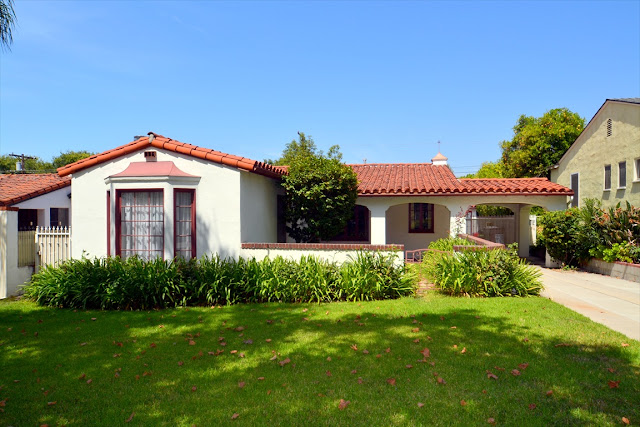Deconstruction/Deconstructive Architecture (Page 6)
As in everyday thought and language, architecture is also structured m terms of differences: form vs. space, form vs. function, structure vs. ornamentation, figuration vs. abstraction, symmetry vs, asymmetry, and so on. Although the two terms in each pair exist in being different from the other, but like in everyday language, 'one' term is always preferred over the 'other' term. While the Renaissance insisted on pure forms, space was more important to the Baroque. During the time of modern, form followed function. while each period, in general, showed a particular preference; architects had their own share of choices and preferences.
To give a few examples, corbusier preferred pure geometry rather than use organic forms. Gropius insisted on purity of Structure and condemned all ornaments. While Mies opted for less rather than more, Venturi Said, "less is bore." However, one thing that remained an absolute necessity, throughout history and with all architects who formed its part, Was the need for "purity of form and structure. For architecture, the formal and structural purity was always considered a prerequisite.
Buildings are usually built by taking or deriving from simple geometric forms like, Cubes, cylinders, cones, spheres, prisms, and pyramids. These pure forms are then put together following compositional rules that prevent any form from conflicting with another form. They are neither permitted to distort other forms of the composition. The forms contribute harmoniously to form a unified whole. This harmonious geometric structure ultimately becomes the actual structure of the building.
The formal and geometric purity guarantees the structural stability. The formal purity also ensures structural 'purity, and every manipulation is done in order to preserve this 'purity.' Any deviation from the geometrical, structural, or proportional order, any "impurity, is understood to disturb the formal values of harmony, unity and stability, and is, hence avoided or discarded. Every attempt is made to protect the building from contamination or impurity. Even openings are provided conceding to a certain geometry and any opening whose dimensions do not agree with the rest is either changed or removed.
Deconstructive architecture disturbs this very understanding of purity in architecture. Form and structure are here both contaminated and impure. It is this ability that disturbs our sensibility and understanding of architecture as being pure that makes the projects deconstructive. Initially they did not derive from deconstruction theories available in linguistics. They are not application of deconstruction theories. They rather emerge from within architectural tradition and happen to exhibit some deconstructive qualities.
This can be verified from the texts of Mark wigley that accompanied the first display of deconstructive architecture projects at New York's Museum of modern Art in 1988. However, later architects have attempted to show their proximity to Derrida's thinking.A few projects done in collaboration with Derrida like Bernard tschumi's Parc de la Villette and Peter Eisenman's Choral Works, Coupled with Derrida's views on the possibility of deconstruction in architecture, has made the issue of similarity and difference between deconstruction and deconstructive architecture more Complex.
(Continues...)




Comments
Post a Comment